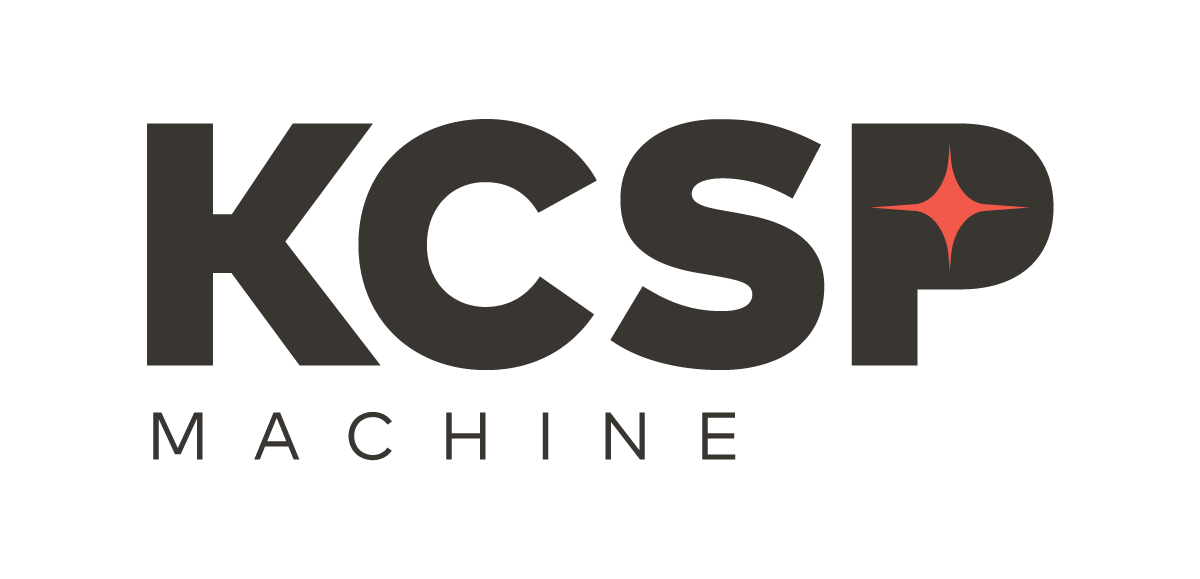Taking Production Efficiency to the Next Level with Lights-Out Machining
At KCSP Machine, we’re always looking for ways to enhance efficiency and provide top-of-the-line precision machining services for our customers. Over the past year, we’ve been pushing the limits of automation with lights-out machining, and the results have been impressive. While automation certainly comes with a learning curve, its benefits make it worth the effort.
In this blog, we will dive into some of the lessons we’ve learned—including material selection and what parts are best suited to this operation—and how this capability positively impacts our customers.
Material Matters: A Lesson Learned in Lights-Out Machining
Our introduction to lights-out machining began with our adoption of Swiss machining capabilities. It seems like a lifetime since we ran our first part using an automated approach, and we’ve learned plenty of lessons along the way. The biggest takeaway? Different materials perform very differently in an automated environment.
Plastic: The Ideal Material for Lights-Out Machining
Plastic is incredibly forgiving on our tooling, and with longer-lasting tooling, we have no trouble running parts all night unattended. As long as we keep the bar feeder stocked, the machines keep running, maximizing productivity with minimal operator intervention.
Stainless Steel: A Different Challenge
While plastics and other easier-to-machine materials like brass, aluminum, and carbon steel don’t pose an issue, stainless steel presents unique challenges. The material is harder on tools, requiring closer monitoring to prevent excessive wear. Through experience, we’ve learned to track tool life carefully, making mid-production adjustments when needed. For example, on a recent 6,000-piece order, we identified an issue that arose after about 3,000 parts that required a quick tool replacement. To address this in future runs, we implemented a tool-switching strategy, ensuring continuous production without manual intervention.
What Makes a Part a Good Candidate for Lights-Out Machining?
Not every part is suitable for lights-out machining, but certain factors make for a great fit:
Size and material: The part must fit our Swiss machines, and easy-to-machine materials like plastic, brass, aluminum, and carbon steel work best.
Availability of long bar stock: If the material comes in long bar lengths, our team can maximize run time, as material change-over will occur less frequently.
Higher volume production: Medium to high-volume jobs benefit most from automation.
Complex features: If a part involves multiple operations like cross-drilling or milling, automation helps streamline production and reduce setups.
The Benefits of Lights-Out Machining in Our Precision Machine Shop
Faster Turnaround Times
By running parts unattended overnight, we complete jobs more quickly, allowing us to take on more projects and provide faster lead times for our customers.
Increased Capacity
With machines running on their own, our skilled team can focus on other tasks, expanding our ability to take on new projects.
Enhanced Accuracy and Consistency
Swiss machining ensures parts are completed in one setup, reducing variability and producing tighter tolerances with superior surface finishes.
Less Handling, Fewer Setups
Minimizing the number of setups improves part accuracy and efficiency. As a general rule of thumb in our industry, the fewer times a part is touched, the more precise the final product.
The Future of Lights-Out Machining at KCSP Machine
Today, tomorrow, and years down the line, our team is committed to investing in new technology and strategies to expand our lights-out machining capabilities. As a Kansas City machine shop that prioritizes efficiency and customer satisfaction, we’re constantly improving to surpass what we’ve been capable of in the past.
Interested in how our precision machine shop can help with your next project? Request a quote to kickstart your next project!

